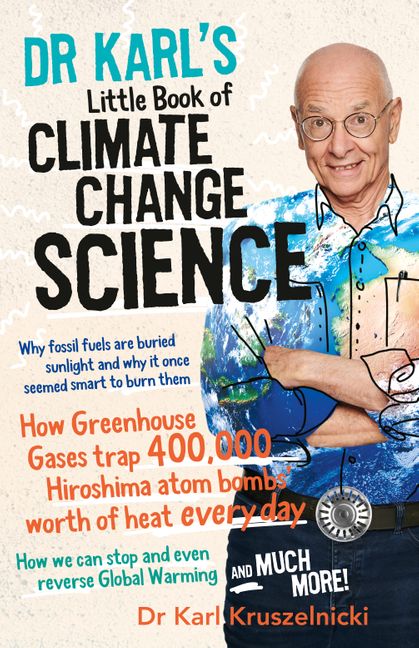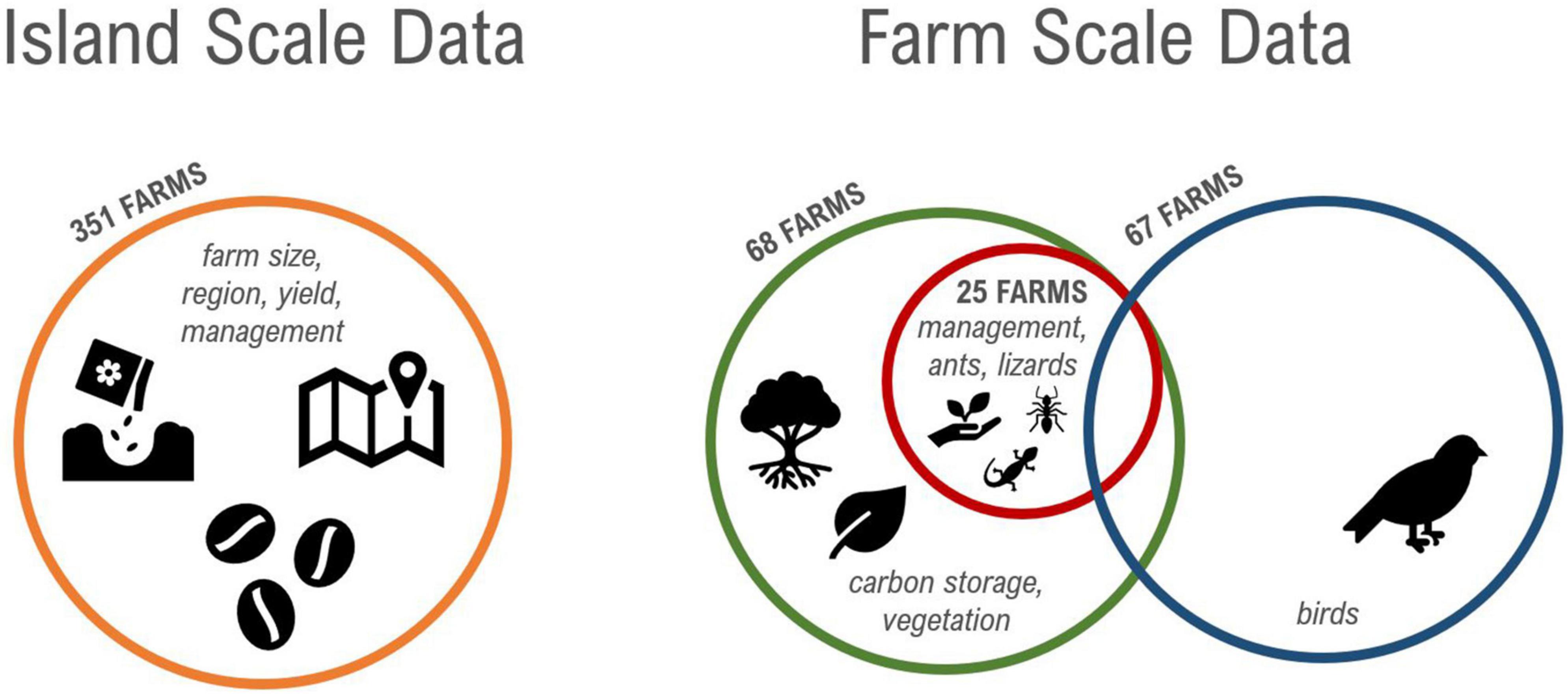Climate Finance Vulnerability Index Highlights Urgent Need for Sustainable Development
Introduction
On June 25, 2025, the Columbia Climate School, supported by The Rockefeller Foundation, launched the Climate Finance (CliF) Vulnerability Index. This innovative tool assesses the vulnerability of 188 nations to climate-related hazards—including cyclones, floods, droughts, earthquakes, and conflicts—while integrating their financial capacity to prevent, recover, and rebuild from such disasters. The index identifies 65 ‘Red Zone’ nations most at risk, with a significant focus on Sub-Saharan Africa. The initiative aligns closely with the United Nations Sustainable Development Goals (SDGs), particularly SDG 13 (Climate Action), SDG 1 (No Poverty), SDG 3 (Good Health and Well-being), and SDG 17 (Partnerships for the Goals).
Key Objectives of the CliF Vulnerability Index
- Promote comprehensive risk assessment standards that incorporate both climate exposure and financial access.
- Target resources effectively to countries with varying degrees of vulnerability.
- Inform policy and funding decisions to better support communities facing disaster and financial risks.
Significance of the Index in the Context of Sustainable Development Goals
Addressing Climate Risks and Financial Constraints (SDG 13, SDG 1, SDG 10)
Jeff Schlegelmilch, Associate Professor at Columbia Climate School, emphasized that traditional aid models based on GDP or income levels fail to capture the complex interplay of climate risks and limited financial access. The CliF Vulnerability Index offers a realistic assessment that supports SDG 13 by enabling targeted climate action and SDG 1 by addressing poverty exacerbated by climate shocks.
Global Impact of Climate Change
- Projected over 14.5 million deaths and US$12.5 trillion in economic losses by 2050 due to heatwaves, floods, and other extreme events.
- Annual adaptation financing gap estimated at US$387 billion (United Nations Environment Programme).
- Potential increase of 132 million people living in poverty by 2030 due to climate change (World Bank).
These challenges underscore the urgency of SDG 3 (Good Health and Well-being) and SDG 8 (Decent Work and Economic Growth).
Regional Vulnerability and SDG Implications
Sub-Saharan Africa (SDG 1, SDG 13, SDG 17)
- 43 of the 65 Red Zone nations are in Sub-Saharan Africa, home to nearly 1.2 billion people.
- Population expected to double by 2070, intensifying climate vulnerability.
- 21 nations face debt distress, limiting climate finance access.
- Countries most vulnerable include Angola, Burundi, The Gambia, Guinea-Bissau, Eritrea, Lesotho, Malawi, South Sudan, Sudan, and Zambia.
This highlights the critical need for SDG 17 partnerships to mobilize climate finance and support sustainable development.
Asia-Pacific Region (SDG 13, SDG 11)
- Six Red Zone nations with over 520 million people: Bangladesh, Kiribati, Myanmar, Nepal, Pakistan, and Sri Lanka.
- Region identified as the most disaster-hit globally by the World Meteorological Organization.
Latin America and the Caribbean (SDG 13, SDG 10)
- Eight Red Zone nations with more than 100 million people: Belize, Bolivia, Ecuador, El Salvador, Guatemala, Haiti, Honduras, and Venezuela.
- Investment needs between $470 million and $1.3 trillion to meet Paris Agreement goals.
Europe (SDG 13)
- Two nations in the Red Zone: Ukraine and Cyprus, home to 39 million people.
Countries Best Positioned to Respond
- Eight of the top ten nations with strong capacity to respond are OECD members, including Denmark, Estonia, Japan, Norway, South Korea, Switzerland, Sweden, and the United States.
- Non-OECD countries in the top ten include China, Thailand, and the United Arab Emirates.
Methodology and Development
The CliF Vulnerability Index was developed by an interdisciplinary team from the National Center for Disaster Preparedness at Columbia Climate School and the Center for Global Energy Policy at Columbia University. It integrates data on:
- Debt sustainability
- Financial integration and sophistication
- Governance factors influencing lending conditions
This comprehensive approach supports SDG 16 (Peace, Justice, and Strong Institutions) by promoting transparent and effective governance in climate finance.
Statements of Support Emphasizing SDG Alignment
- Saliem Fakir, Executive Director, The African Climate Foundation: Highlights the tool’s role in guiding climate finance for countries with fiscal constraints, supporting SDG 13 and SDG 17.
- Michael Hugman, Lead Economist, Children’s Investment Fund Foundation: Emphasizes the importance of directing finance to vulnerable countries to improve child health and resilience, aligning with SDG 3 and SDG 1.
- William Asiko, Vice President, Africa Regional Office, The Rockefeller Foundation: Calls for urgent capital flow to build resilience and green growth in Africa, advancing SDG 8 and SDG 13.
- Deepali Khanna, Vice President, Asia Regional Office, The Rockefeller Foundation: Notes the shift in climate finance deployment in Asia and the value of the index in clarifying investment needs, supporting SDG 13 and SDG 17.
- Lyana Latorre, Vice President, Latin America and the Caribbean Regional Office, The Rockefeller Foundation: Underlines the tool’s importance for prioritizing resources in the region, contributing to SDG 10 and SDG 13.
About the Columbia Climate School
Established in 2020, the Columbia Climate School educates future climate leaders, supports research, and fosters solutions to global climate challenges. The National Center for Disaster Preparedness focuses on enhancing preparedness, response, and recovery capacities, emphasizing community engagement and reducing human vulnerability, thereby advancing multiple SDGs including SDG 11 (Sustainable Cities and Communities) and SDG 13.
About The Rockefeller Foundation
The Rockefeller Foundation is a philanthropic organization dedicated to advancing human well-being and reversing the climate crisis through transformative systems in food, health, energy, and finance. Its work directly supports SDG 2 (Zero Hunger), SDG 3, SDG 7 (Affordable and Clean Energy), SDG 13, and SDG 17.
Additional Resources
- Climate Finance Vulnerability Index Interactive Dashboard
- Technical Methodology Report
- Subscribe to The Rockefeller Foundation Newsletter
1. Sustainable Development Goals (SDGs) Addressed or Connected
- SDG 1: No Poverty – The article discusses how climate change could push up to 132 million people into poverty by 2030, highlighting the connection to poverty reduction.
- SDG 2: Zero Hunger – While not explicitly mentioned, climate vulnerabilities such as droughts and floods imply risks to food security.
- SDG 3: Good Health and Well-being – The article references over 14.5 million deaths due to climate-related extreme events, linking to health impacts.
- SDG 6: Clean Water and Sanitation – Floods and water-related hazards mentioned affect water quality and availability.
- SDG 11: Sustainable Cities and Communities – The focus on disaster preparedness and recovery relates to building resilient communities.
- SDG 13: Climate Action – Central to the article is climate vulnerability, adaptation, mitigation, and financing for climate resilience.
- SDG 17: Partnerships for the Goals – The article emphasizes international cooperation, financing, and partnerships to address climate risks.
2. Specific Targets Under Those SDGs Identified
- SDG 1
- Target 1.5: Build resilience of the poor and reduce their exposure to climate-related extreme events and other economic, social and environmental shocks and disasters.
- SDG 3
- Target 3.9: Reduce the number of deaths and illnesses from hazardous chemicals and air, water and soil pollution and contamination.
- SDG 11
- Target 11.5: Significantly reduce the number of deaths and the number of people affected by disasters, including water-related disasters.
- SDG 13
- Target 13.1: Strengthen resilience and adaptive capacity to climate-related hazards and natural disasters in all countries.
- Target 13.a: Implement the commitment undertaken by developed-country parties to the United Nations Framework Convention on Climate Change to mobilize jointly $100 billion annually by 2020 to address the needs of developing countries.
- SDG 17
- Target 17.3: Mobilize additional financial resources for developing countries from multiple sources.
- Target 17.9: Enhance international support for implementing effective and targeted capacity-building in developing countries to support national plans to implement all the SDGs.
3. Indicators Mentioned or Implied to Measure Progress
- Climate Finance Vulnerability Index (CliF Vulnerability Index) – An index integrating data on countries’ vulnerabilities to climate hazards and their access to financing, used as a tool to measure risk exposure and financial readiness.
- Number of ‘Red Zone’ Nations – The count of countries identified as highly vulnerable across climate scenarios, indicating risk levels.
- Population Living in High-Risk Zones – Over 2 billion people living in Red Zone nations, measuring human exposure to climate risks.
- Debt Distress Status – Number of countries in debt distress or at high risk, affecting their capacity to finance climate adaptation.
- Climate Adaptation Financing Gap – Estimated annual financing gap (e.g., US$387 billion), measuring the shortfall in funds available for adaptation.
- Projected Economic Losses and Deaths – Estimates such as US$12.5 trillion in losses and 14.5 million deaths by 2050, used to quantify impact severity.
4. Table: SDGs, Targets and Indicators
| SDGs | Targets | Indicators |
|---|---|---|
| SDG 1: No Poverty | 1.5: Build resilience of the poor and reduce their exposure to climate-related extreme events and other shocks. |
|
| SDG 3: Good Health and Well-being | 3.9: Reduce deaths and illnesses from hazardous environmental factors. |
|
| SDG 11: Sustainable Cities and Communities | 11.5: Reduce deaths and number of people affected by disasters. |
|
| SDG 13: Climate Action |
|
|
| SDG 17: Partnerships for the Goals |
|
|
Source: rockefellerfoundation.org






